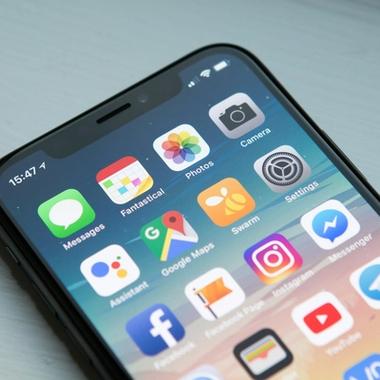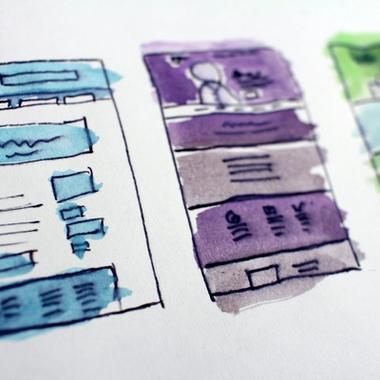Interactive prototypes
Interactive prototypes are like the dress rehearsal for your app design, allowing you to test and refine user interactions before the final build. While they provide invaluable insights into how users will experience your app, creating these dynamic models involves extra time and resources, but ensures a smoother path to a polished final product.
Branding and aesthetics
Branding and aesthetics play a crucial role in the process, as they define your app's visual identity and emotional appeal, influencing user perception and engagement. Investing in a strong, cohesive design that aligns with your brand can elevate your app's market presence, but could also lead to higher design costs due to the need for custom graphics, typography, and overall visual strategy.
Iconography and imagery
Iconography and imagery are essential in crafting a visually appealing and intuitive app, as they help convey information quickly and enhance the overall user experience. Custom icons and high-quality images can significantly elevate your app’s design, but they also add to the cost due to the need for unique, well-designed elements that align with your brand’s identity.
Spending that bit extra on factors such as this can be the difference in your user's remembering and recognising your brand, so it is a decision that should be carefully considered.
User testing sessions
User testing sessions are where your app design truly gets put to the test, offering invaluable insights into how real users interact with your app and where improvements are needed. These sessions are crucial for refining the user experience, but they do require more time and resources to conduct, analyse, and implement feedback effectively.
Feedback and iteration cycles
Feedback and iteration cycles are the secret sauce for perfecting your app design, involving continuous rounds of user feedback and design tweaks to ensure everything works seamlessly. While these iterative adjustments are crucial for creating a polished final product, they also contribute to the design budget due to the ongoing adjustments and refinements needed.
Custom animations and transitions
Custom animations and transitions add a layer of sophistication and delight to your app, enhancing the user experience by making interactions feel smooth and engaging. Designing these eye-catching elements does require extra time and expertise, which is another factor that adds to the cost, but it can be something that sets you apart from your competitors.








